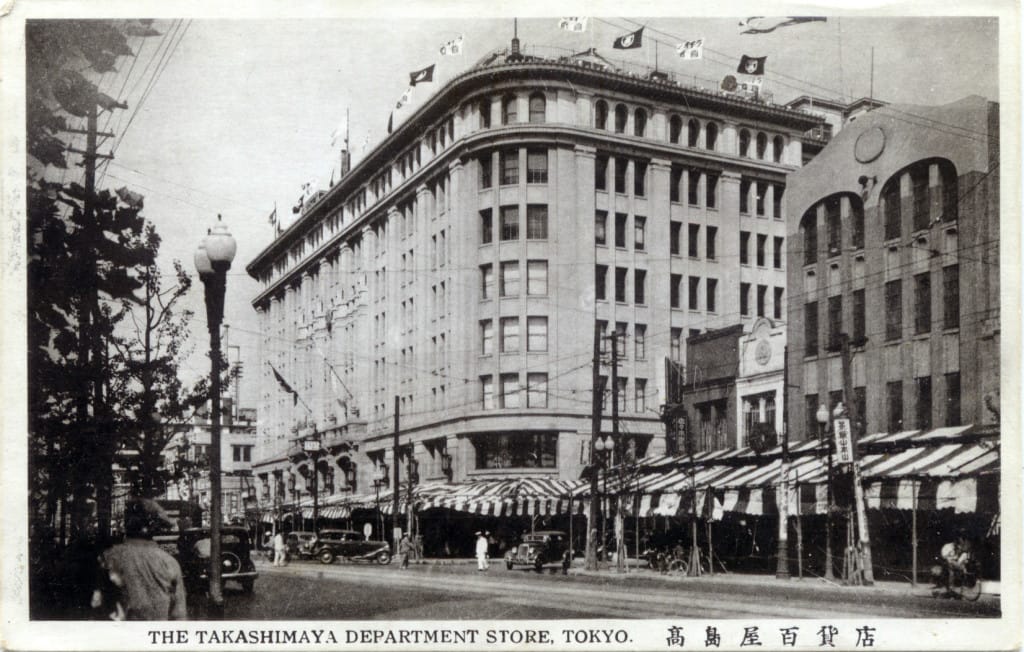Primer: The Luxury Flywheel: Part 2
A deep dive on luxury's emergence from serving Europe's ultra wealthy to Japan's boom and bust. This article sets the stage to better understand China as luxury's key market and growth driver.

A deep dive on luxury's emergence from serving Europe's ultra wealthy to Japan's boom and bust. This article sets the stage to better understand China as luxury's key market and growth driver.


CCC is the de facto platform powering claims management, estimation and valuation for the auto insurance and repair ecosystem.

What is my strike zone?

You don't need to bet on tech, oil and gas, and biotech, to have a 100 bagger.

HEICO is a serial acquirer of nice aerospace and electronic components businesses run by exceptional owner/operators.